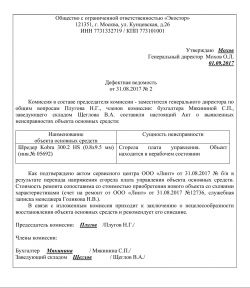Chrome Remote Desktop Host Installer Download
суббота 26 января admin 51
Die makers text. Chrome Remote Desktop allows users to remotely access. The Download Now link will redirect to the extension page. To install the extension directly, click on the install button on the page.
Wikipenza.info publ tekhnika ehkspedicija_minoborony_podnjala_tank_stuart_vremen_vojny_so_dna_reki_don 72-1-0-2877. EFCtUtGFapOgHNにお住まいの Strix さんの記帳 2rand[0,1,1]歳 ツ男性: 2016年04月28日(木) 22時25分. Aug 26, 2012 This feature is not available right now. Please try again later. 
Once upon a time, in a world not so far away, accessing a computer remotely required all sorts of costly, complicated software and technical know-how. These days, it's a different story.
Google's free Chrome Remote Desktop service makes it dead-simple to get on any computer — Windows, Mac, Linux, or — from practically any other desktop or mobile device. You can access all of the remote system's contents and even click around as if you were sitting right in front of it. Chrome Remote Desktop can be useful for signing into your own personal or work computer from afar, and it can be equally valuable for peeking in on someone else's system — be it your co-worker's or your mother's — to provide hands-on help without having to be in the same location. And best of all? Getting the service up and running is easy as can be. In fact, all you need to do is decide what type of connection you want and then complete a couple quick steps, and you'll be remotely connecting like nobody's business.
[ Further reading: ] (Note that Chrome Remote Desktop might not work with corporate Google accounts, depending on how your IT department has configured them. Also note that some users have experienced issues getting Chrome Remote Desktop to work properly with the macOS Mojave release.
Neither Google nor Apple has offered any official solution for this as of this writing.) Using Chrome Remote Desktop to access your own computer Step 1: Prepare the computer for connections If you want to be able to access your own computer from another desktop or mobile device, start by opening up Chrome on the host computer (or, if you're using a Windows, Mac, or Linux system that somehow doesn't already have it). Within Chrome, navigate to Google's new and click the circular blue arrow icon inside the box labeled 'Set up remote access.'
You'll then be prompted to download the new. Click the blue 'Add to Chrome' button on the page that appears and confirm that you want to proceed. Then, go back to your original tab, and you'll find a prompt waiting for you to name your computer and move forward. [ ] JR Raphael/IDG You can give your computer any name you want, so long as you'll recognize it. (Click any image in this story to enlarge it.) Once you've given the computer a name and clicked the 'Next' button, you'll be prompted to create a PIN with at least six digits. For security purposes, you'll need that PIN — in addition to being signed into your Google account — in order to access the computer remotely. (Google says all Remote Desktop sessions are also encrypted for extra protection.) And that's just about it: Your operating system may pop up a warning making sure you want to allow the app access to initiate a remote connection (and macOS Mojave may additionally require you to grant permission to org.chromium.chromoting.me2me.sh in System Preferences > Security & Privacy > Accessibility), but after you've confirmed that, the Chrome Remote Desktop tab will show you that the computer is online and waiting.
The computer will remain available anytime it's powered on and Chrome is running (and since Chrome typically starts itself automatically and runs in the background, that means it'll probably be available anytime the computer is awake — period). Just note that if you want connections to remain possible for an extended period of time, you may have to visit your computer's power management settings to make sure the system won't enter hibernation mode (even if the display shuts off). If you ever want to disable remote connections, just go back to or click the Chrome Remote Desktop icon to the right of your browser's address bar. You can then click the trash can icon alongside your computer's name to remove it from the app. Alternatively, you can simply uninstall the app altogether by right-clicking its icon and selecting 'Remove from Chrome.'
